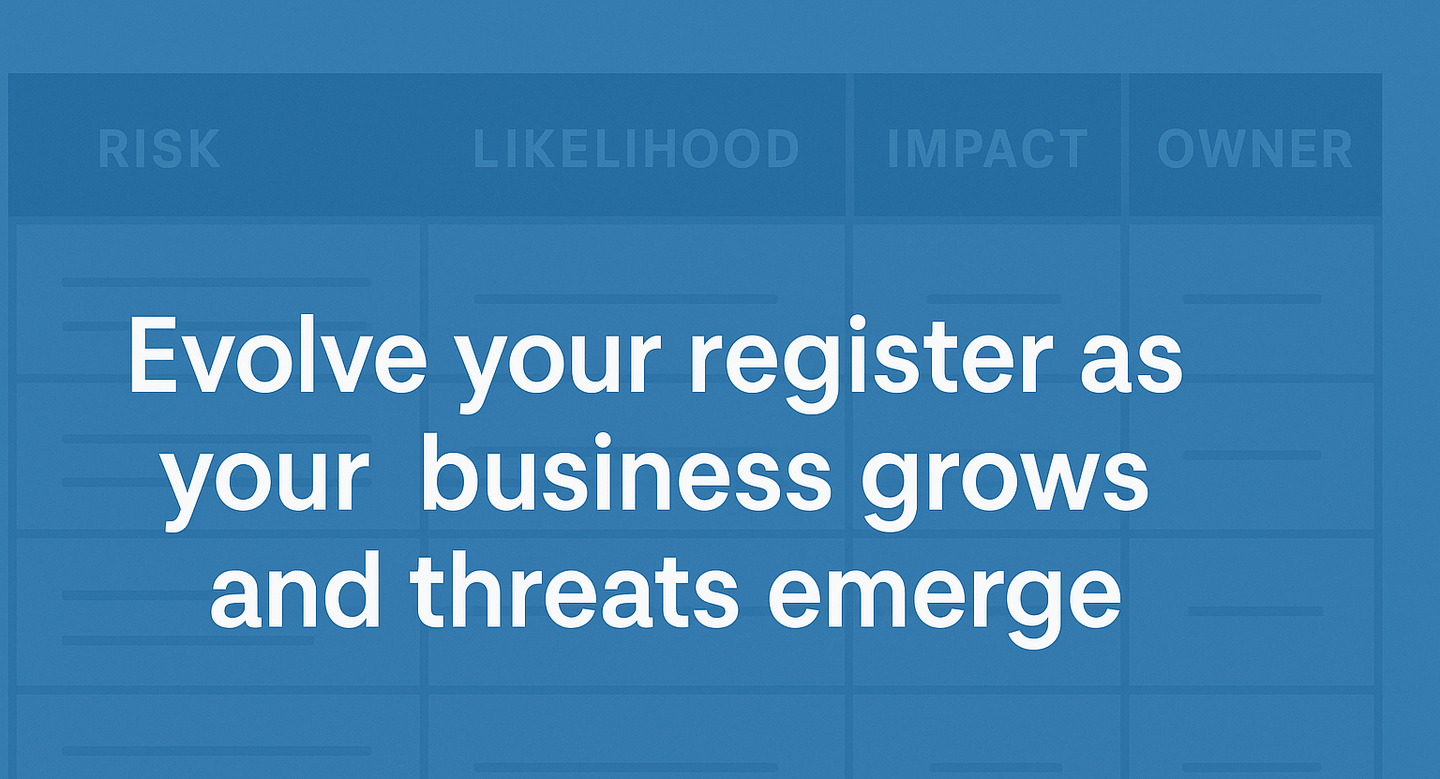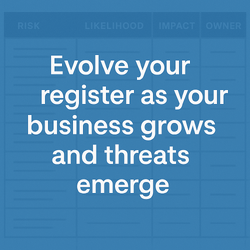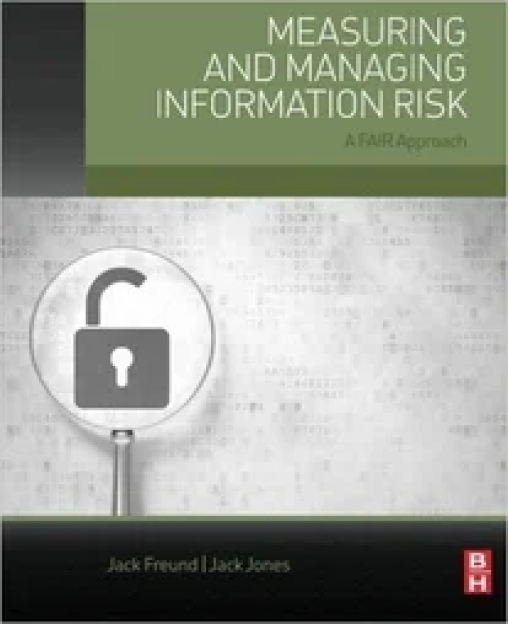

A risk register shouldn’t be static. It’s meant to evolve as your business grows and as threats, systems, and priorities for your business modernize and shift. Yet many organizations treat their registers as static spreadsheets or a mere compliance checkbox, rather than dynamic tools that support proactive decision-making.
 This blog post is contributed by GuidePoint Security, a FAIR Institute sponsor. Author Will Klotz is Senior Information Security Consultant at GuidePoint Security.
This blog post is contributed by GuidePoint Security, a FAIR Institute sponsor. Author Will Klotz is Senior Information Security Consultant at GuidePoint Security.
Here’s how to make sure your register stays current, relevant, and robust to inform strategic decision making.
What “Tracking” Really Means
Tracking risks goes beyond listing them. It’s about maintaining visibility, updating status, monitoring control effectiveness, and recognizing emerging threats and trends. Your risk register should provide:
- Real-time or near-real-time insights rather than stale snapshots
- Clear ownership of risks, with remediation plans and due dates
- Indicators and thresholds that surface when risks are moving in the wrong direction
Fields & Data to Track
To track your risks appropriately, your register needs fields that allow you to capture not just “what is wrong” but “what we’re doing about it.” I recommend several fields (core, contextual, strategic):

Governance, Visibility and Audience Views
Tracking also needs good governance, clear visibility, and tailored reporting. Some tips to get there:
- Ensure there is governance to maintain consistency in how risk owners update items, how data sources flow in and how views are shared.
- Provide audience-appropriate views, e.g. operational teams see tactical detailed remediation, managers see project statuses, executives see clear business impact.
- Use dashboards and reporting tools to make trends visible, like aging risks, potential exposure, policy exceptions, etc.
Using “KRIs”
Ensure risks are tracked meaningfully by defining Key Risk Indicators: metrics that signal when exposure is shifting. For example, a spike in access control policy exceptions or aging vulnerabilities might trigger a KRI threshold breach, prompting a steering committee review.
Best Practices to Keep Your Register Updated and Useful
- Schedule regular reviews and updates so risk entries are not outdated
- Automate inputs wherever possible (vulnerability scanners, vendor risk systems, etc.) to reduce manual lag
- Maintain clear documentation and assign owners so there is accountability around updates
- Use visualization tools and dashboards for trends, KRIs, and reporting up to senior leadership
- Embed risk tracking as part of regular operational and strategic meetings
Want to see the full framework with examples?
Read Modernize Your Risk Register: How to Build a Scalable, Decision-ready Program to get templates, structures, and best practices. Download the whitepaper here.









